 Weird Stuff
Weird Stuff  Weird Stuff
Weird Stuff  Politics
Politics 10 Political Scandals That Sent Crowds Into the Streets
 Weird Stuff
Weird Stuff Ten Bizarre Facts About The Doge Meme
 Our World
Our World 10 Ways Your Christmas Tree Is More Lit Than You Think
 Movies and TV
Movies and TV The 10 Coolest Stars to Set Sail on The Love Boat
 History
History 10 Things You Didn’t Know About the American National Anthem
 Technology
Technology Top 10 Everyday Tech Buzzwords That Hide a Darker Past
 Humans
Humans 10 Everyday Human Behaviors That Are Actually Survival Instincts
 Animals
Animals 10 Animals That Humiliated and Harmed Historical Leaders
 History
History 10 Most Influential Protests in Modern History
 Weird Stuff
Weird Stuff 10 Funny Ways That Researchers Overthink Christmas
 Politics
Politics 10 Political Scandals That Sent Crowds Into the Streets
 Weird Stuff
Weird Stuff Ten Bizarre Facts About The Doge Meme
Who's Behind Listverse?

Jamie Frater
Head Editor
Jamie founded Listverse due to an insatiable desire to share fascinating, obscure, and bizarre facts. He has been a guest speaker on numerous national radio and television stations and is a five time published author.
More About Us Our World
Our World 10 Ways Your Christmas Tree Is More Lit Than You Think
 Movies and TV
Movies and TV The 10 Coolest Stars to Set Sail on The Love Boat
 History
History 10 Things You Didn’t Know About the American National Anthem
 Technology
Technology Top 10 Everyday Tech Buzzwords That Hide a Darker Past
 Humans
Humans 10 Everyday Human Behaviors That Are Actually Survival Instincts
 Animals
Animals 10 Animals That Humiliated and Harmed Historical Leaders
 History
History 10 Most Influential Protests in Modern History
10 Questions We Can’t Answer About The Human Body
In recent years, science has improved by leaps and bounds. Our scientific understanding of the human body is certainly much better than it used to be, and people are living longer than ever. However, we don’t know everything about our bodies yet, despite the fact that we live in them every day. There are still mysteries to solve and new things to discover.
10Why Do We Have Fingerprints?
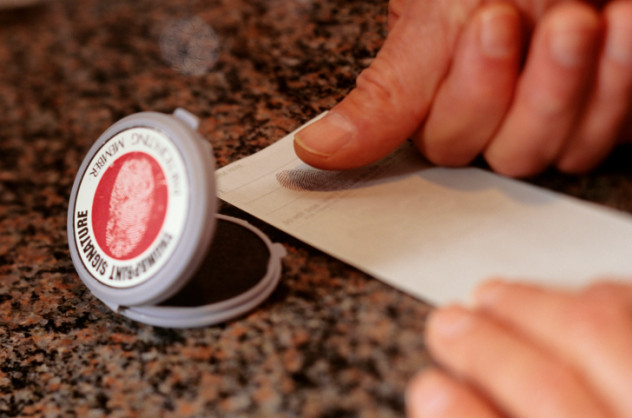
Despite the known usefulness of our unique fingerprints and the myriad ways they can help identify a person, science isn’t actually sure why we even have them in the first place. Some scientists have designed elaborate computer models to determine how fingerprints form, but despite understanding how they grow, we aren’t really any closer to understanding the evolutionary reason why we have individualized ID badges on our fingertips.
Researchers may be getting closer to a breakthrough, though. They’ve come across a very strange genetic disorder called adermatoglyphia, which affects only a few families in the entire world and whose carriers have no fingerprints. Aside from the unusual side effect of sweating slightly less, these individuals appear to be no more or less healthy than everyone else. Researchers are hopeful that, by studying these families and their genes, they may finally be able to solve the evolutionary mystery of fingerprints.
9What Do Probiotics Do?
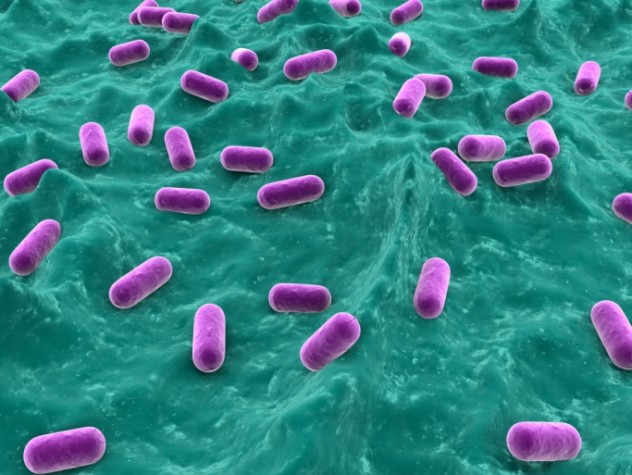
If you’ve ever watched a commercial for yogurt, you’ve probably heard the word “probiotic” thrown around. Many of these yogurts advertise that they contain live probiotic cultures, meant to improve your overall health. While it sounds like the yogurt companies have found something new, the truth is that probiotics are a type of good bacteria that has been living in your gut all along. And strangely, the yogurt companies don’t actually say what specifically these live cultures will do for your health.
The reason no one is advertising a specific benefit is that no one really knows what any of these cultures accomplish. In fact, many of the probiotics in use today as supplements or in food products were used because of their shelf life and not necessarily because they were the best for our bodies. They certainly don’t do any harm, but scientists are just beginning to work on unraveling what specific health benefits each good bacterium has. They suspect that if they can determine the purpose of all of the various good bacteria that end up in humans, they may be able to answer all kinds of other questions and treat many diseases. Solving this riddle will likely be a long journey, though, as there are hundreds of different probiotic bacteria to study.
8Why Do We Have Different Blood Types?
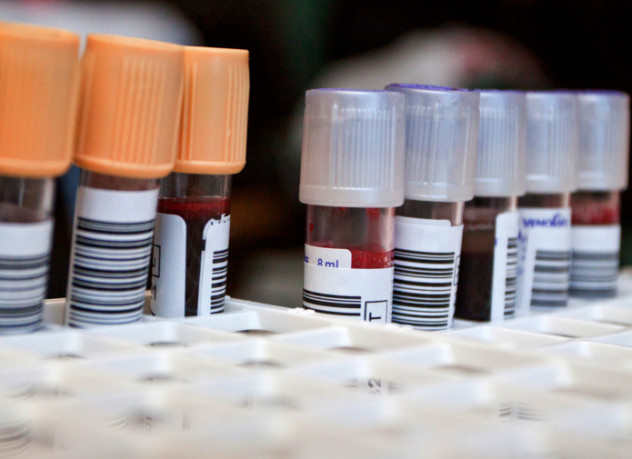
You are probably already familiar with the common blood types, and if you have ever given blood, you probably know what yours is. It’s a pretty important thing to get right, as the wrong blood type can easily mess up someone’s entire day in an operation. Since blood types first evolved 20 million years ago, we’ve certainly had plenty of time to figure it out. However, despite how well we know how blood types work, we really don’t know what their actual purpose is.
Blood types are categorized by the different antigens found in blood cells of people of each type. These antigens are signals to antibodies that destroy foreign cells in the body. These antibodies won’t cause any trouble for antigens of the correct type, but they attack intruders, causing rejection of the wrong type of blood in a transfusion or an incorrectly typed organ transplant.
Despite science understanding this much about blood types, there is still a lot we don’t know. For starters, there are actually many more blood groups other than A, B, and O. Most importantly, we don’t know the purpose of these antigens in the first place. Our best guess is that it has something to do with disease, as some interesting links have been found. Scientists have found, for instance, that those with blood type B might be more likely to be bothered by E. coli, while those who aren’t part of the Duffy blood group are close to immune to one form of malaria. While it’s hard to be sure of the reason, perhaps blood groups evolved as a way to fight infectious diseases.
7Does The Brain Remain Active Following Decapitation?

In many popular urban legends, a person is decapitated, but for a few horrifying minutes, they remain conscious. In some stories, the person blinks or makes some other movement to show their awareness. To some, it sounds like a fanciful story meant to scare small children, but the truth is that we really aren’t sure how long the brain can stay active in such a situation.
It’s a difficult phenomenon to research, because scientists can’t exactly go around decapitating people. The only real opportunity to gather data was in Revolution-era France, when the guillotine was the primary method of execution. While several experiments were conducted, there is only one documented attempt to communicate immediately following decapitation, performed by a researcher named Dr. Gabriel Beaurieux. After calling the decapitated man’s name multiple times, his eyes opened and appeared briefly to focus before closing one final time. The doctor came to the conclusion that some lower functions remain active for nearly 30 seconds following decapitation, but he was unable to ascertain if anything approaching consciousness continued.
6Do Humans Have Pheromones?

Sniffing out pheromones, especially for reproductive purposes, has long been observed in the animal kingdom. This has led scientific researchers to study what possible role pheromones play in human interactions, with results that have often been more confusing than anything else. While plenty of studies have shown that humans are affected by smell, the business of pheromones is slightly trickier.
Scientists were certain for a long time that we don’t even have a vomeronasal organ, which is the olfactory organ that animals use to detect pheromones. We do have a very small one, but it’s unclear whether it actually does anything. Science has shown that humans have their own unique smells that are likely genetically influenced, just like fingerprints. For example, very young babies can identify their mothers by smell, and regular exposure to each other’s scent can synchronize a group of women’s menstrual cycles. Clearly, there is still much to learn about human olfactory response.
5What Happens When Someone Is Struck By Lightning?

If you’ve ever been outside during a thunderstorm, especially near anything metal, you’ve probably thought about the risk of getting struck by lightning. It’s a pretty scary prospect—you might end up with permanent brain damage, horribly burned, or even dead. However, despite what sounds like a horrific injury, most victims survive. Some even walk away entirely unscathed—and science has no idea why.
In an attempt to better understand this, researchers went to South Africa, where lightning storms are more common and dangerous. They have discovered that lightning has its own way of traveling through our bodies and believe this has to do with the incredible amount of power that is passing through us in a short amount of time. There are many questions left to answer, but hopefully, we will gain better understanding soon and more lives will be saved.
4How Could A Woman Not Know She Is Pregnant?

It always seems dubious when a woman claims she was caught by surprise when a human came out of her body after spending the previous nine months totally unaware of the situation, but it actually has happened. It’s a pretty rare phenomenon, though, which makes it difficult to study.
One reason a woman may not be aware that she’s pregnant is that she’s already very overweight, which means she may not gain much more, and a growing baby can go unnoticed. It might seem like a missing period would be a dead giveaway, but many women—particularly those who are overweight—don’t have regular periods, and not having one for months on end may not be out of the ordinary for them. It’s also not unusual for women to experience light, regular bleeding throughout pregnancy that could be mistaken for a period.
Sometimes, though, a woman may just be in denial, while others are perfectly healthy and just experience no symptoms. One patient of Dr. Sabrina Sukhan’s fell into the latter category. She was of a healthy weight and even worked in the medical field, so she knew all the signs, but she gave no appearance of being pregnant. Doctors are still stumped as to how this can happen.
3How Do Mitochondria Work?
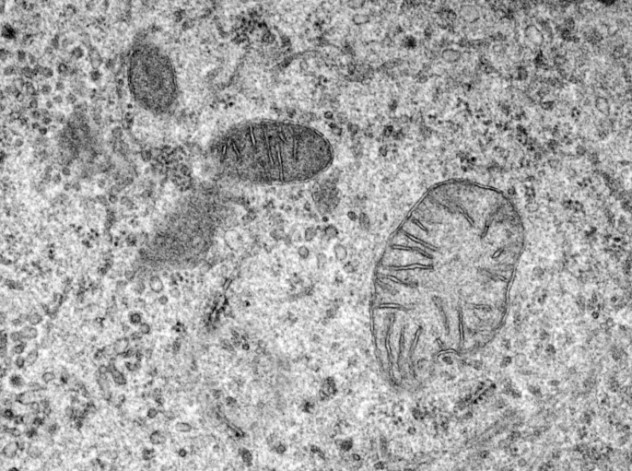
Mitochondria are an essential part of our bodies. The microscopic organelles’ sole purpose is to take all of the stuff that we consume and turn it into energy for us to use. For a long time, we knew almost nothing about mitochondria, but science has been making huge leaps in understanding these important organisms.
Just recently, scientists learned how mitochondria transfer energy. They also learned that they really, really like calcium, which can sometimes cause problems. If mitochondria take in too much calcium, it can kill cells, and this has been linked to diseases like type 2 diabetes. The researchers believe that these diseases affect the signaling process by which the body tells the mitochondria how much calcium to take in or out. A team at Harvard has recently managed to catalog every single protein in mitochondria, including all of those involved with calcium intake. While we don’t entirely understand them yet, mitochondria are a mystery we may soon have fully solved.
2Why Do We Have Three Ear Bones?
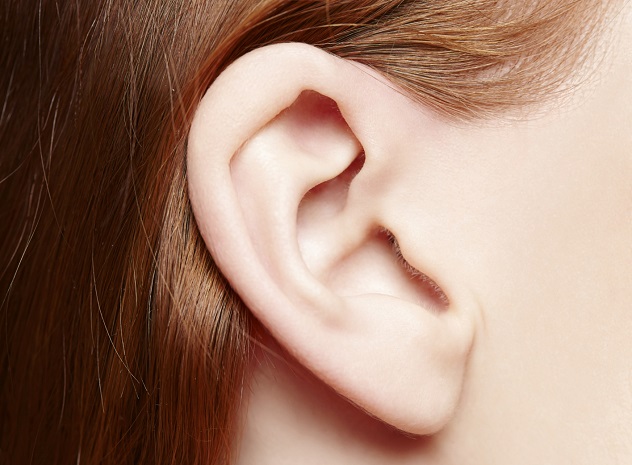
Hearing is something we take for granted most of the time, which is pretty understandable. Unless we subject them to undue strain, our ears tend to work pretty well and don’t usually require much maintenance. Not all people are happy to just accept our ears for what they are, though. A Stanford researcher named Sunil Puria has pointed out that reptiles and birds only have two ear bones, whereas mammals have three, and no one really understands why.
According to Puria, we actually hear in multiple ways. The first is the obvious one that involves sound going through our ears, but we also hear things when vibrations from the movement of our vocal chords are conducted through the bones in our skulls. When you speak, you are actually hearing your voice in a different way than everyone else does. This explains why we hate to hear our own voices played back to us.
Puria’s best theory as to why we have a third ear bone involves a strange disease called semicircular canal dehiscence. This disease can lead to a decrease in tissue in the ear canal, which has caused people to hear distracting sounds they normally don’t perceive, like their own heartbeat. Puria suggests that perhaps the third ear bone is meant to minimize these effects, but he believes much more study is necessary.
1What Kind of Bacteria Are Lurking On Our Tongues?

The human mouth doesn’t seem like all that mysterious of a place. We know what teeth are and how they work, we understand gums, and we have a good handle on taste buds. It would seem, then, that the tongue doesn’t have much to hide, but it actually contains a trove of secrets. The doctors of the world would love to get their hands on all of the bacteria out there so they can understand them as fully as possible and save more lives, but most of the bacteria found on the human tongue won’t grow in a Petri dish. This has made understanding and classifying them quite a headache.
This lack of understanding has proven to be a major stumbling block to treating gum diseases like periodontitis. Doctors have no easy way to treat this disease because so many different bacteria are involved, and they understand so little about them. Researchers have recently managed to sequence one bacterium found in the mouth using multiple DNA sections, and they hope that it will give them better insight into how to deal with diseases of the mouth, but there are still so many more bacteria to study. For now, many of the microorganisms in our mouth remain a mystery.
You can follow Gregory Myers on Twitter.








